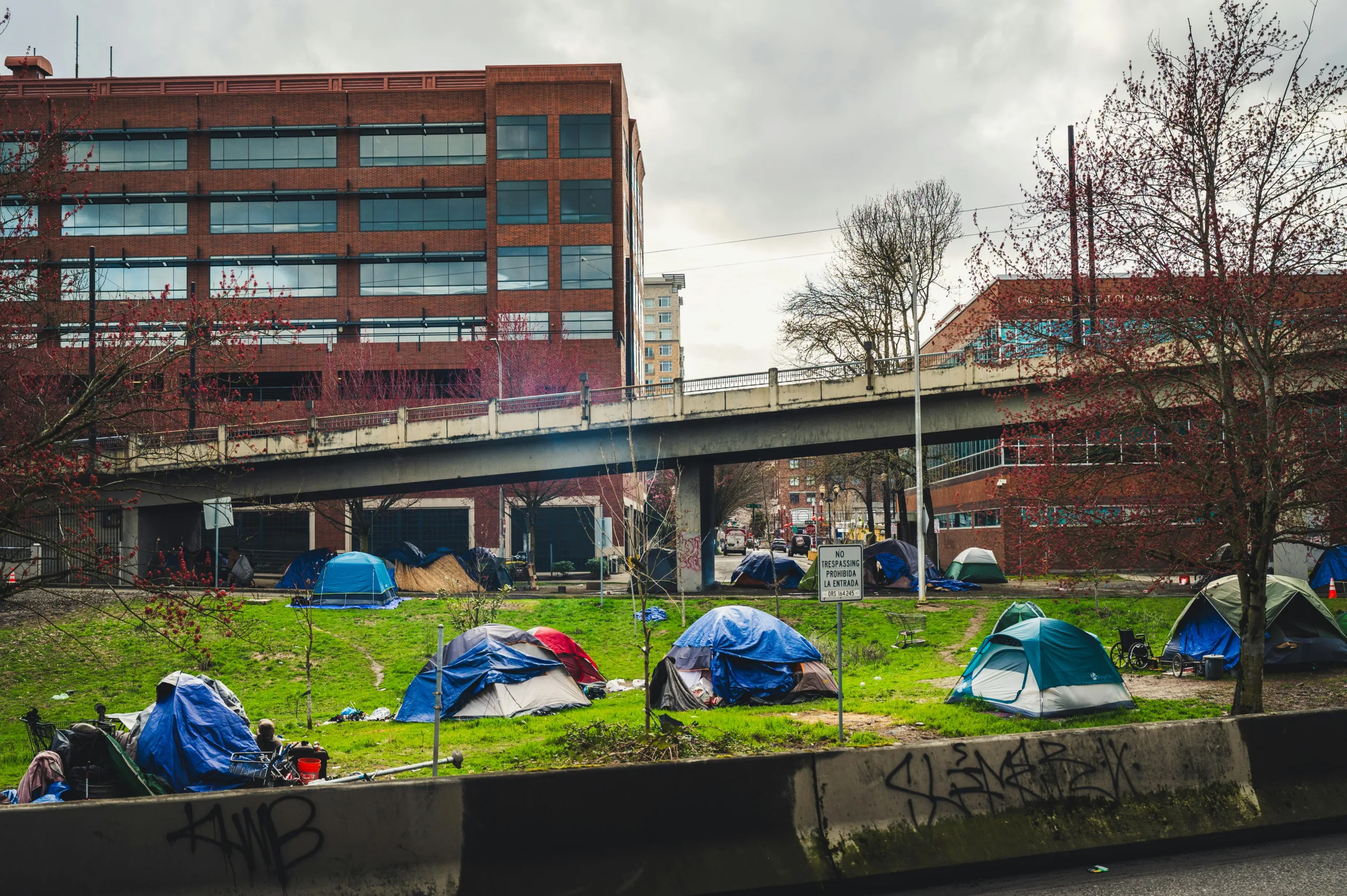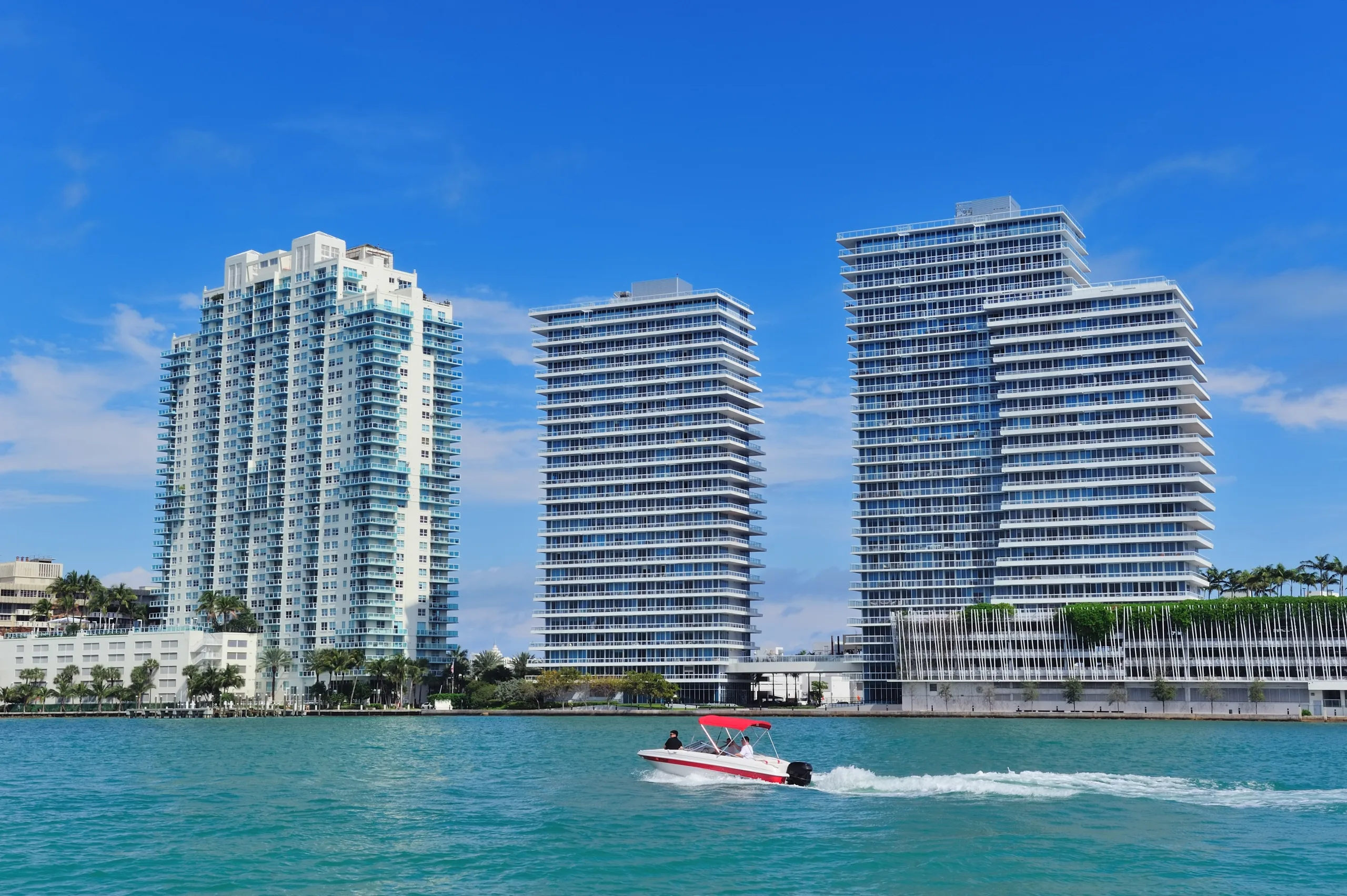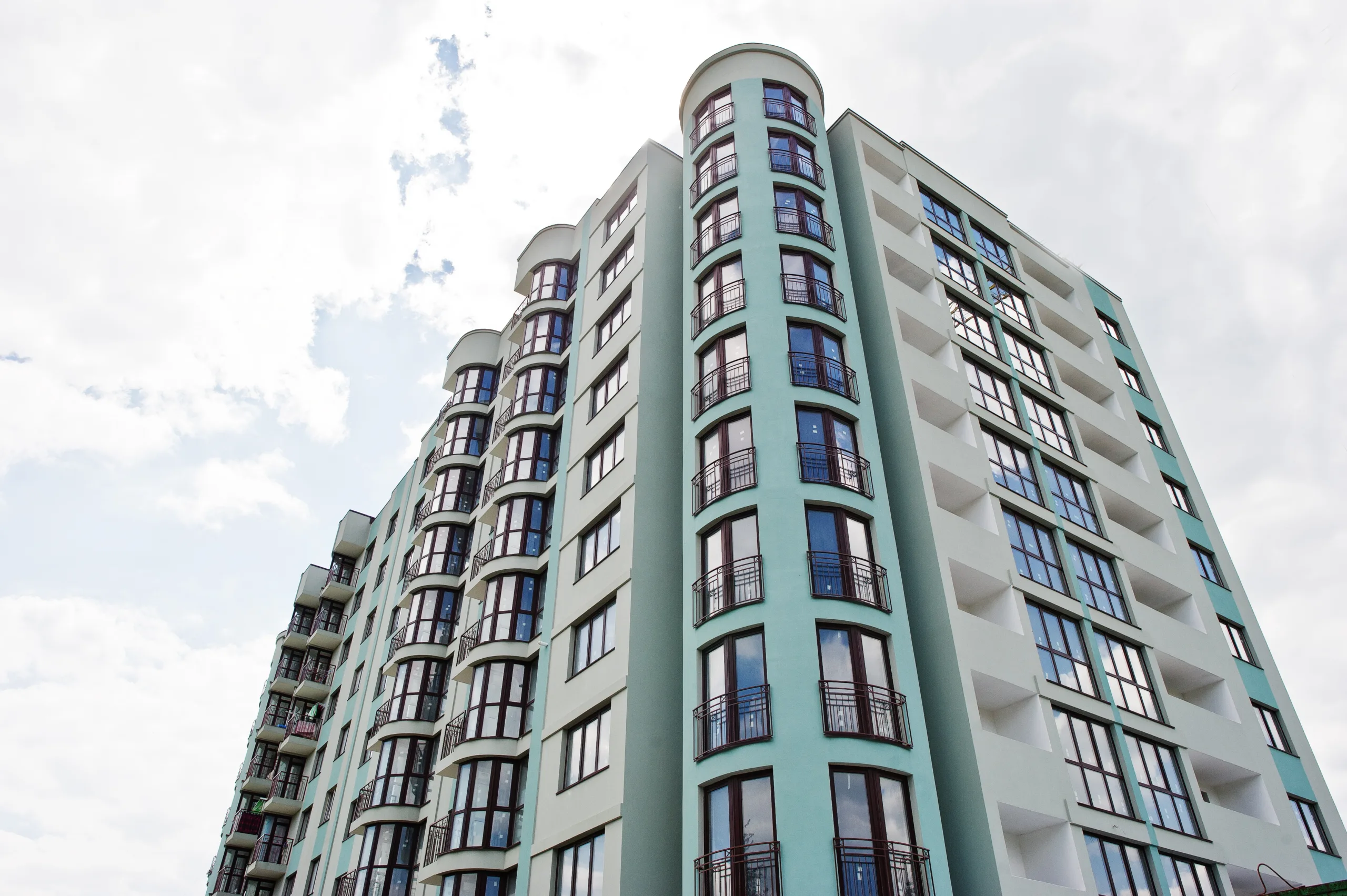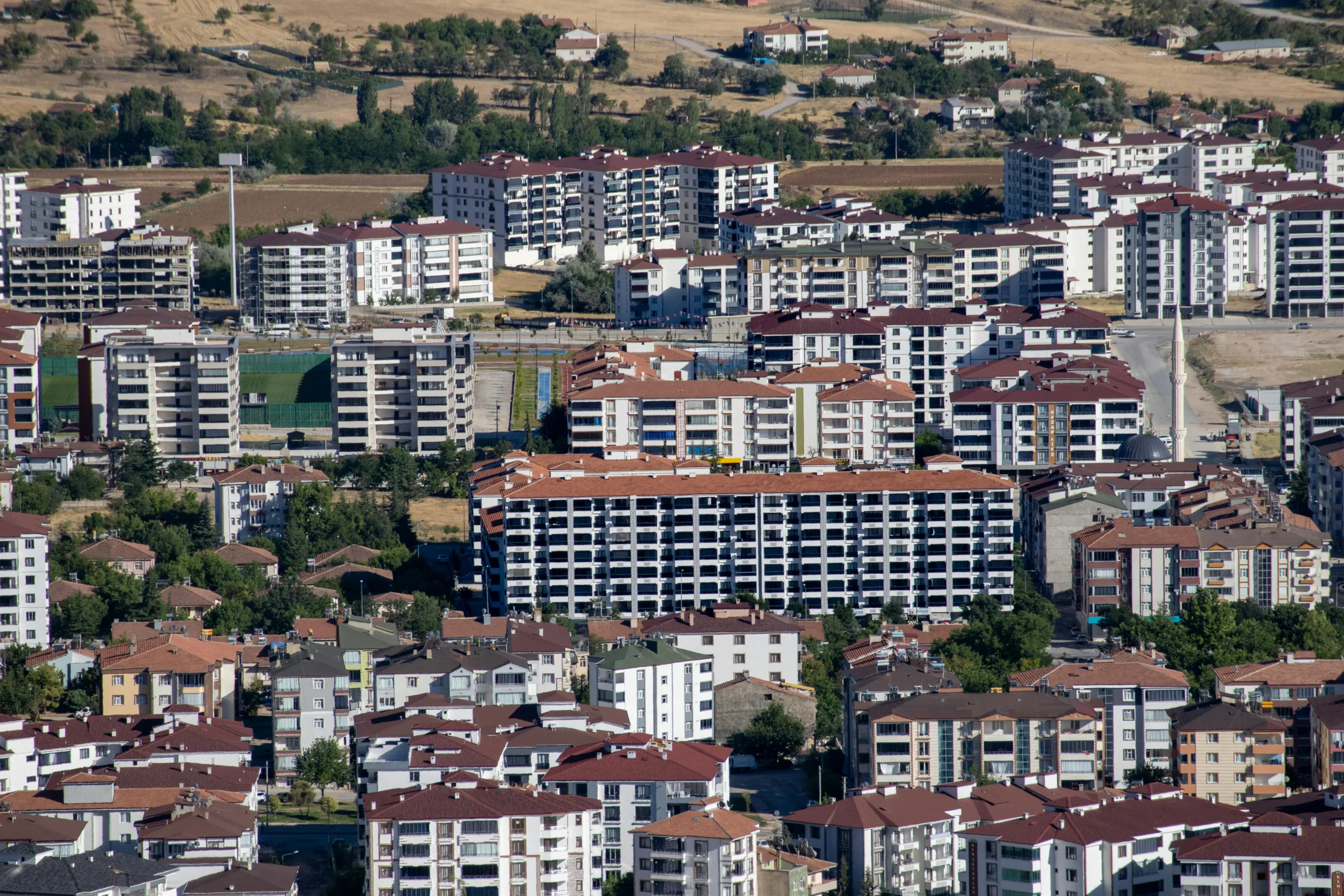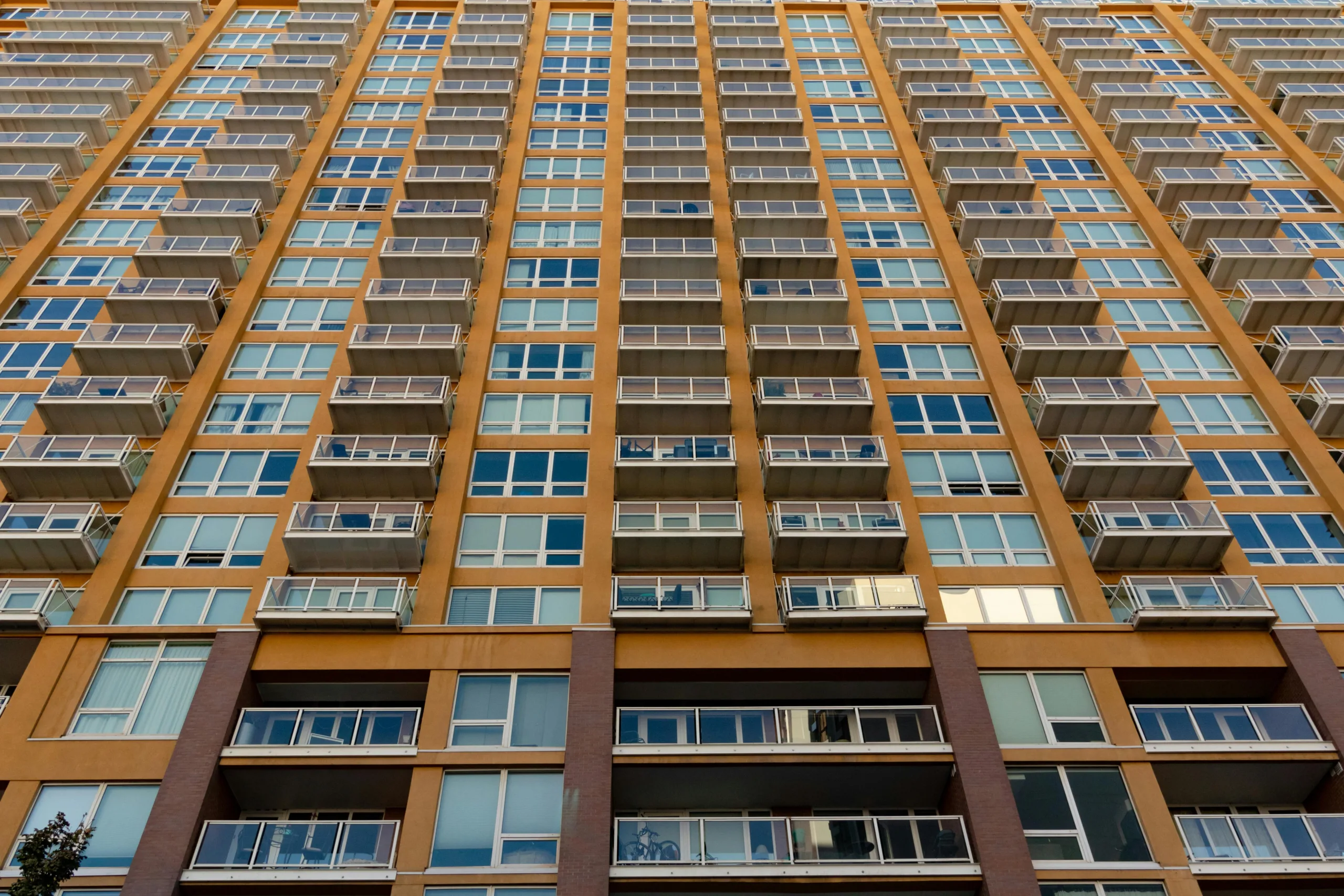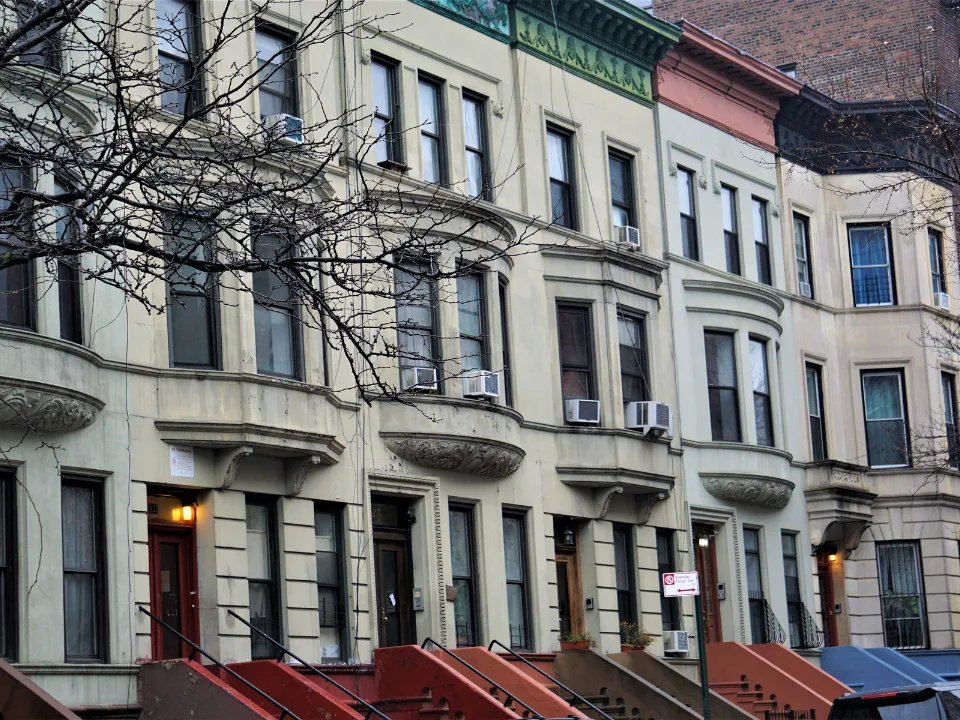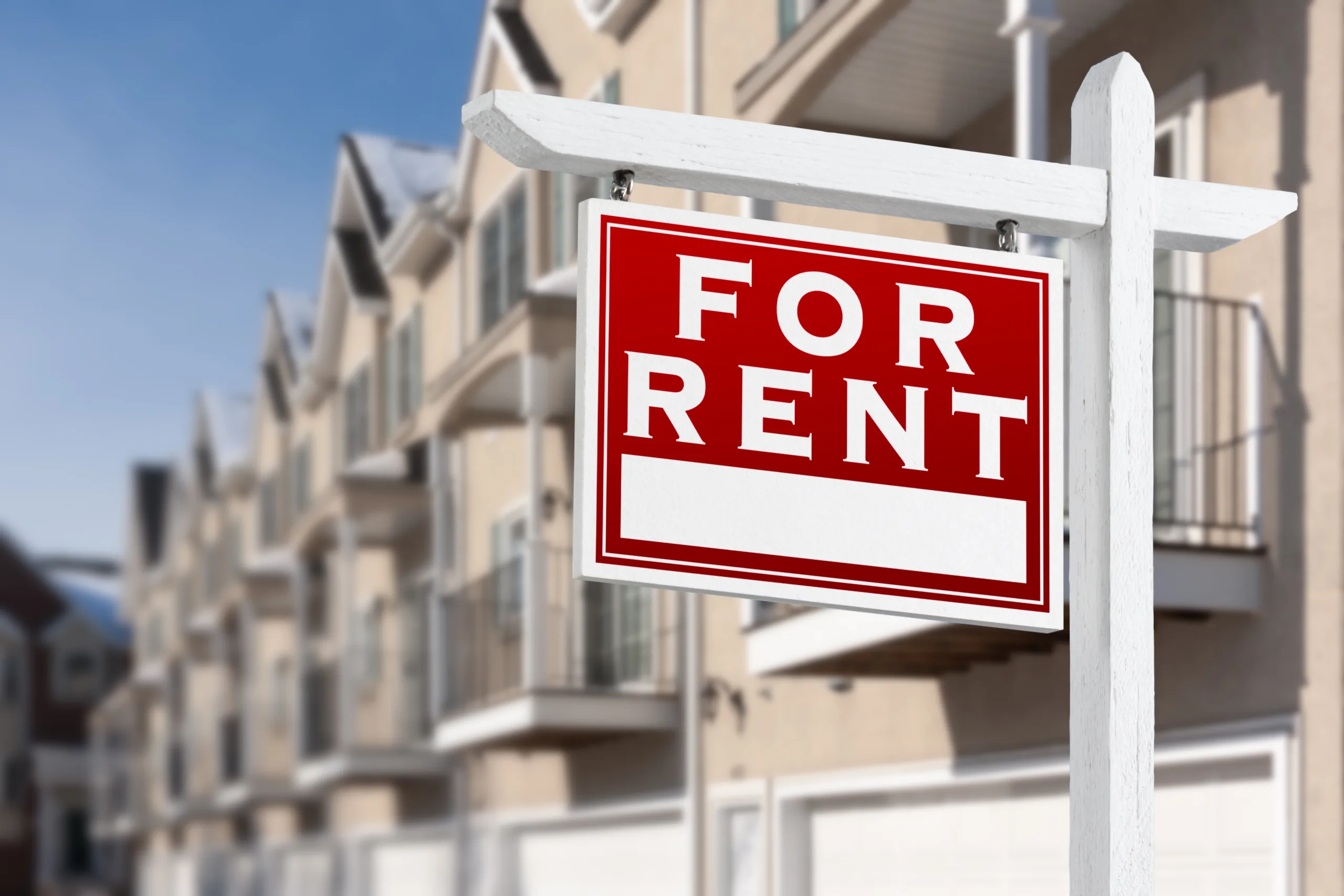- Fire deaths occur at one-fourth the rate in new multifamily buildings compared to modern single-family homes.
- Features like sprinklers, fire-resistant materials, and self-closing doors have helped drive down fire fatalities in apartment buildings.
- Despite better outcomes, safety concerns continue to slow multifamily development due to outdated perceptions.
- Pew recommends revisiting two-stairway mandates for smaller buildings to lower construction costs and encourage safer housing supply.
Fire Risk Is Lower In New Apartment Buildings
A new report from Pew Charitable Trusts suggests that expanding modern multifamily housing could significantly reduce fire deaths in the US, per Smart Cities Dive. The analysis, published September 30, found that fire fatalities in multifamily buildings built after 2000 are six times lower than those in single-family homes or older apartment buildings.
In 2023, only 1% of all residential fire deaths occurred in newer apartment buildings, even though 6% of Americans live in them. Among 8.3M people living in post-2010 apartments, only four fire-related deaths were recorded last year.
Get Smarter about what matters in CRE
Stay ahead of trends in commercial real estate with CRE Daily – the free newsletter delivering everything you need to start your day in just 5-minutes
Why Newer Multifamily Performs Better
According to Pew, multifamily buildings constructed after 2000 have benefitted from improved safety standards, such as:
- Fire-resistant construction materials
- Building-wide sprinkler systems
- Self-closing doors that prevent fire and smoke spread
These advancements have helped lower fire deaths across all housing types since the 1970s, but especially in modern multifamily units.
Barriers To Growth
Despite better fire safety records, development of new multifamily housing has lagged. Restrictive zoning has slowed construction. High building costs add to the challenge. Lingering fire safety concerns have also discouraged development. Pew’s report calls many of these concerns “misplaced,” particularly the requirement for two stairways in small apartment buildings — a rule meant to improve fire safety.
Pew’s analysis found no added fire death risk in buildings with one staircase. The report estimated that removing the second-staircase requirement could reduce construction costs by 13%. This change would make new development more feasible.
Looking Ahead
As the US housing stock continues to age, the need for safer, more modern housing is growing. The median age of renter-occupied homes is now 43 years, the oldest it has ever been. Pew’s report reinforces that expanding new multifamily housing isn’t just a supply issue — it’s a life-safety one.
